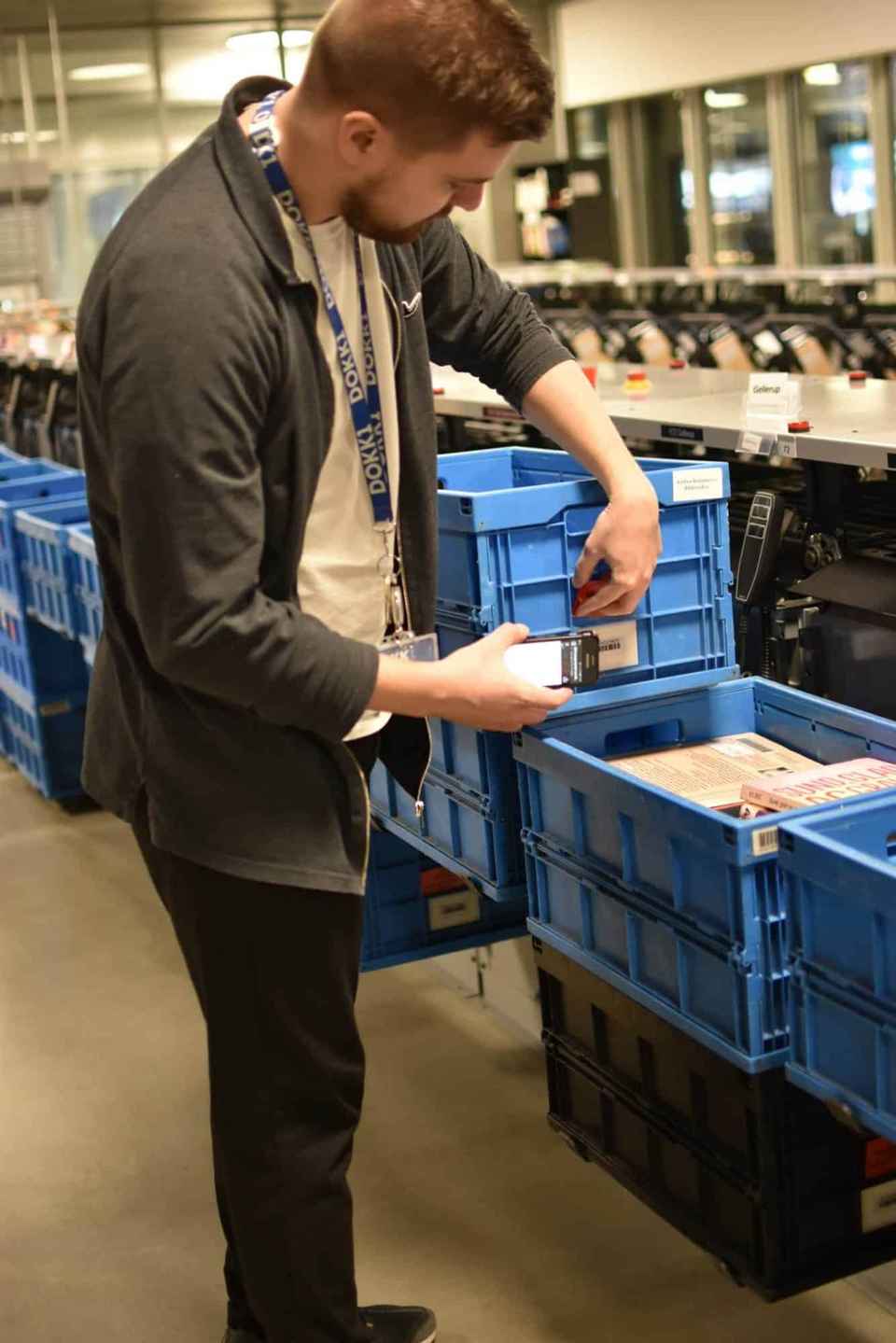Case Story: Arapahoe Libraries
A Culture of Innovation
"Future needs are more unpredictable than ever; we believe it is vital for our organization to take risks and create flexible infrastructure so that we can adapt to future needs as quickly as we can."
Anthony White, Innovation Director
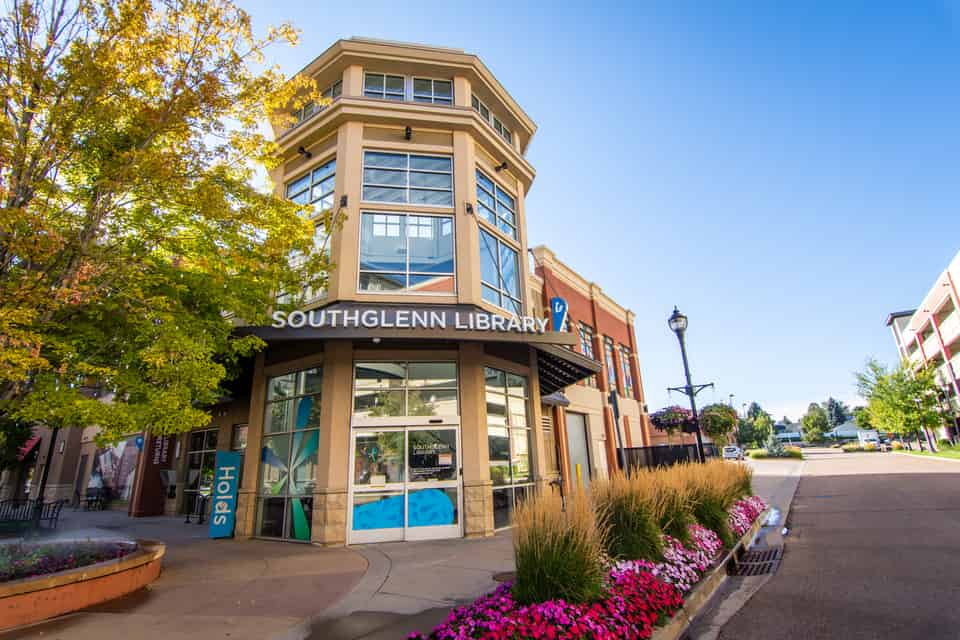
About Arapahoe Libraries
Arapahoe Library District, located just south of Denver, serves a population of 655,000 across Colorado’s third largest county. The system boasts eight physical library locations (including two rural branches located more than 50 miles east of the metro locations), a bookmobile, and a library in the Arapahoe County Detention Center. A ninth physical location featuring coworking space is planned near the Denver Broncos football training facility.
The Challenge
Arapahoe Libraries collection philosophy has been grounded in a floating collection model for many years. The model was working well from a usability perspective, enabling patrons to check out and return items at any branch. However, from a collection management perspective, it presented challenges. Inconsistent rates of checkouts and returns were causing some branches to overfill their shelves while others experienced material shortages.
Staff were spending hours, even days, shifting materials in some locations just to try to make room for everything being returned. For example, the library system would order eight copies of a new release, and within the first checkout period six of those copies would be sitting at one location. This made the collection less accessible to the community.
From a strategic perspective, the library also saw changes in collection use patterns during COVID. As patrons grew more comfortable “browsing digitally” and placing holds, the library’s circulation remained high, but physical browsing began to drop. That begged the question: why dedicate so much physical space – one of the library’s most valuable assets – to shelves that are acting as a distribution warehouse?
Arapahoe Libraries sought an infrastructure solution that would enable them to strategically centralize more of the collection, speed up holds distribution, and free up floor space in library branches for other patron needs and activities.
Early Adopters of IMMS™
Leaders from Arapahoe Libraries saw IMMS™ in action in European libraries prior to 2020 and understood the vision it put forward, providing the opportunity for more flexible infrastructure. The onset of the COVID pandemic reinforced how quickly needs can change and led Arapahoe Libraries to reexamine their practices. The library looked holistically at their collection and developed a series of projects titled “Material Process Improvement” with two clear goals:
- Expand access to materials at patrons’ desired points of need.
- Reduce transactional and processing time for staff, creating more time for learning, collaboration, and other relationship-focused work.
For the first goal, they deployed hold pickup lockers outside branches and began placing LibCabinets around the community to expand access to browsable collections. Towards the second goal, they reworked their internal sorting and delivery processes, installing a central sorter (AMH) and adopting more efficient transit routes.
Ultimately, it became clear that IMMS™ was the glue that would make everything work together. IMMS™ offered the capabilities they were seeking to effectively allocate the collection, streamline workflows, and guide data-driven decisions about how branch space would be used.
“We saw the efficiencies IMMS™ would create across the organization, and how it would allow us to create a better user experience for our patrons — not just with our collection, but with our space. And if the data changes in the future, IMMS™ gives us the flexibility to follow it.”

Anthony White
Innovation Director, Arapahoe Libraries
The Implementation
Change is always challenging. Change during a pandemic even more so. Arapahoe Libraries core team was trained remotely on IMMS™ due to travel limitations. The core team then trained one to two ‘IMMS™ Ambassadors’ at each branch. They created training bins with discarded materials to provide hands-on practice working with the mobile client, enabling them to learn new processes for batch processing and shelving items. This helped staff feel prepared for the actual processing steps before launch day, but it didn’t give them a complete understanding of the systemwide vision and purposes of IMMS™. That understanding came with time as they saw changes to their shelves.
It took time for items to get processed with IMMS™, but staff gradually began to see shelves adjust, balance, and manage duplicate copies. Learning to use the IMMS™ inventory function provided a major turning point for staff, because it helped them understand the system’s shelf management benefits. They also enjoyed the new picking process with walking order hold lists and instant capture, and they quickly started to prefer it over the old method.
In the first year of IMMS™ operation, there were technical challenges to overcome. “When you’re an early adopter, that’s part of the agreement,” said White, ”You have to be able to roll with what you’re dealt, pivot as necessary, and keep your eyes focused on the end goal.”
It took a couple of years to unlearn old processes, but now the library system is seeing efficiencies everywhere. When staff pick holds from the IMMS™ mobile app, their list follows the order of the shelves in the library, so everything is picked sequentially. The team recently implemented the weeding function through the same process and have received positive feedback from staff on how quick it is. These types of efficiencies are popping up everywhere.
Arapahoe Libraries learned from the change management experience and came away with advice for other libraries tackling similar projects. “If we could do it all over again, we would spend a lot more time discussing the ‘why’ with our staff and making sure our leadership team was set up more successfully to answer questions and address concerns.”
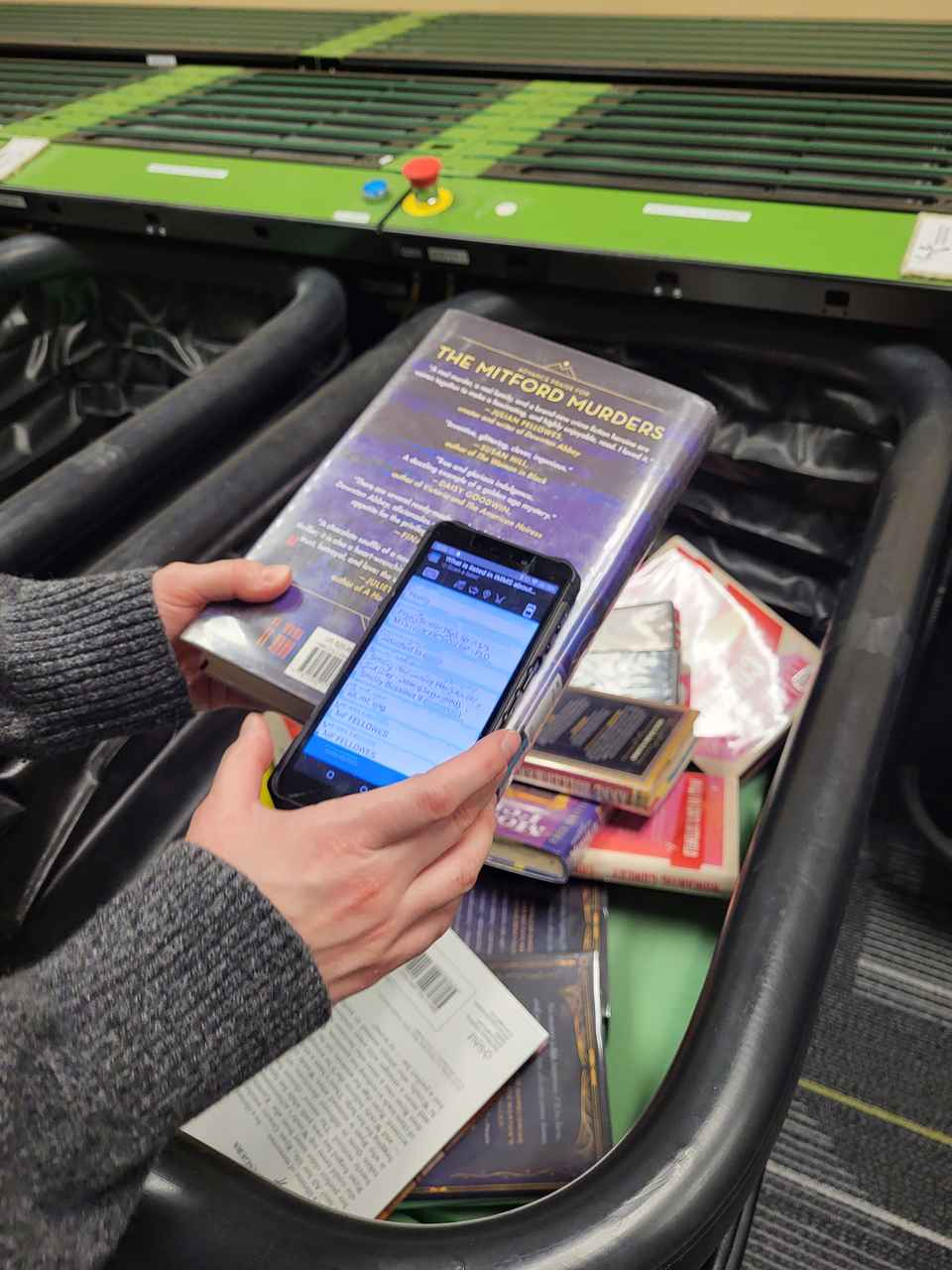
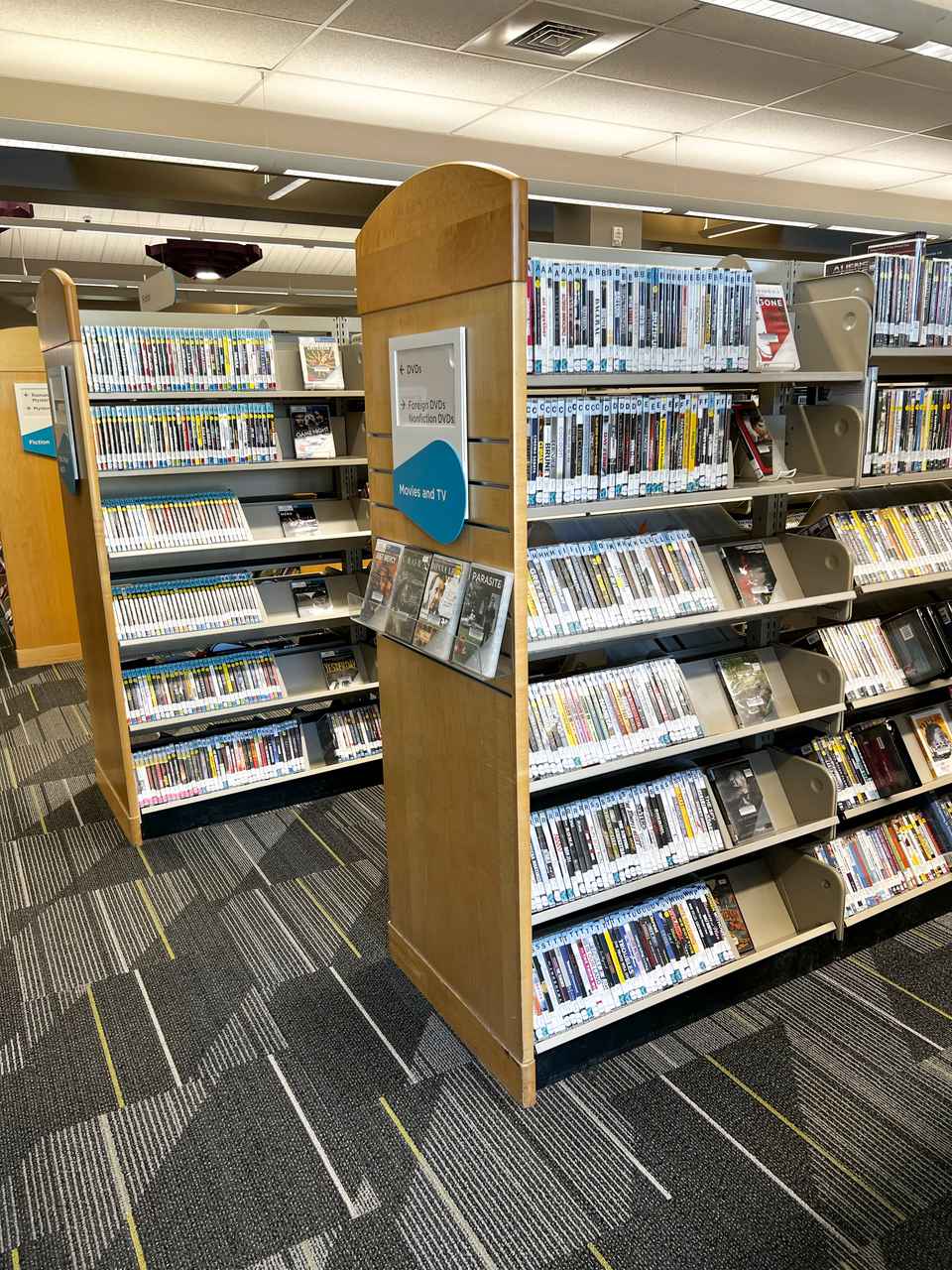
Outcomes
The user experience for patrons at Arapahoe Libraries has greatly improved with IMMS™. Hold turnaround times now average less than 36 hours, whereas they used to take 3-5 days. There is also collection variety on the shelves at each branch thanks to intelligent distribution. Arapahoe Libraries set general rules in IMMS™ that no library can receive more than 3 copies of a title or fill more than 65% of their shelves. Consequently, branches are now more evenly stocked with fewer redundant items. The rural libraries received positive feedback from patrons expressing appreciation for the increased variety on the shelves.
For staff, daily workflows are faster and easier than ever. When staff pick holds, their list follows the order of the shelves in the library, so everything is picked sequentially. Float requests, where staff would spend hours checking which library in the district could take their overstock, have been eliminated. Shifting is now done based on proactive strategy, rather than reactively to make space. Systemwide inventory, which used to take 3 years, can now be completed in a few months, and could even be shortened to a few days if needed.
Overall manual materials handling has also been drastically reduced thanks to IMMS™ and central sorting. Libraries no longer spend time separating transit contents for each of the other locations since it’s being done in bulk centrally. When libraries receive bins of incoming materials, they are already pre-sorted to the different areas of their library.
From the administrative side, system settings can be easily adjusted to make IMMS™ work in alignment with systemwide goals, providing access to detailed reports and insights into item movements.
The IMMS™ team now meets with leadership monthly to discuss questions, comments and trends relating to IMMS, and there is a lot of enthusiasm and optimism around what more they can still do.
Explore our Products and Solutions
Automated Material Handling
Simplify your library operations with Automated Material Handling. Enjoy faster returns, seamless sorting, and improved overall efficiency.
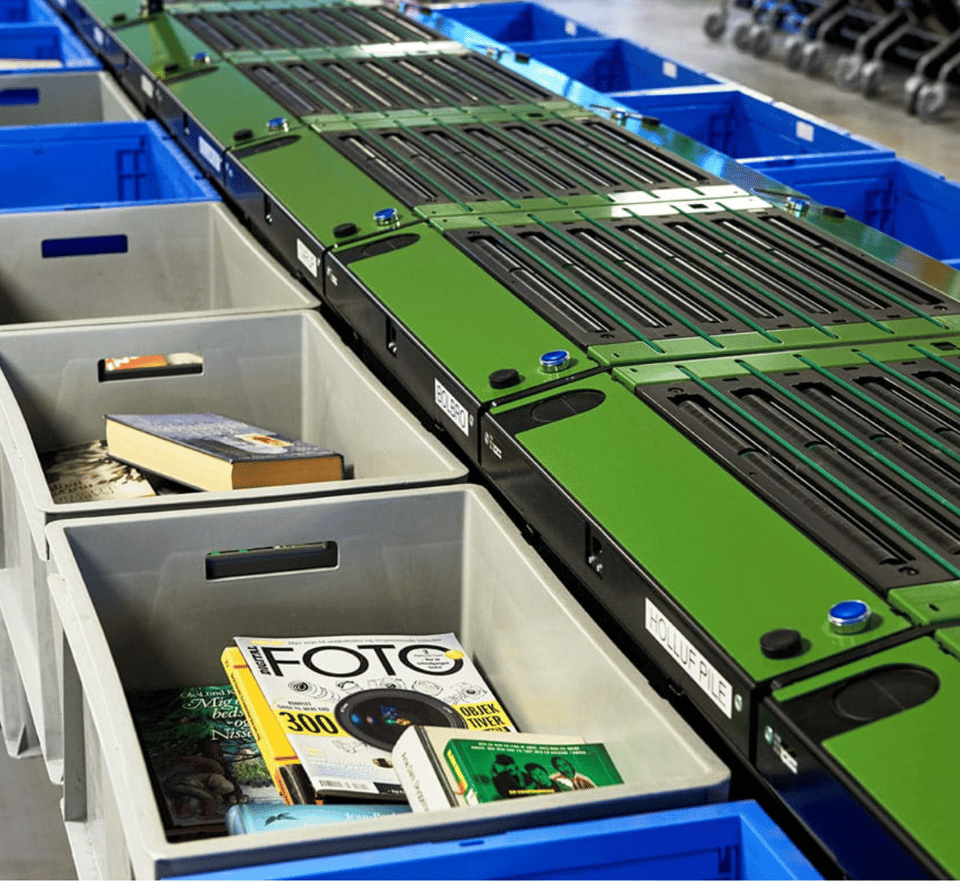
Self Service Equipment
Empower your patrons with our Self-Service Equipment. From easy check-outs to efficient returns, make every library visit a seamless experience.
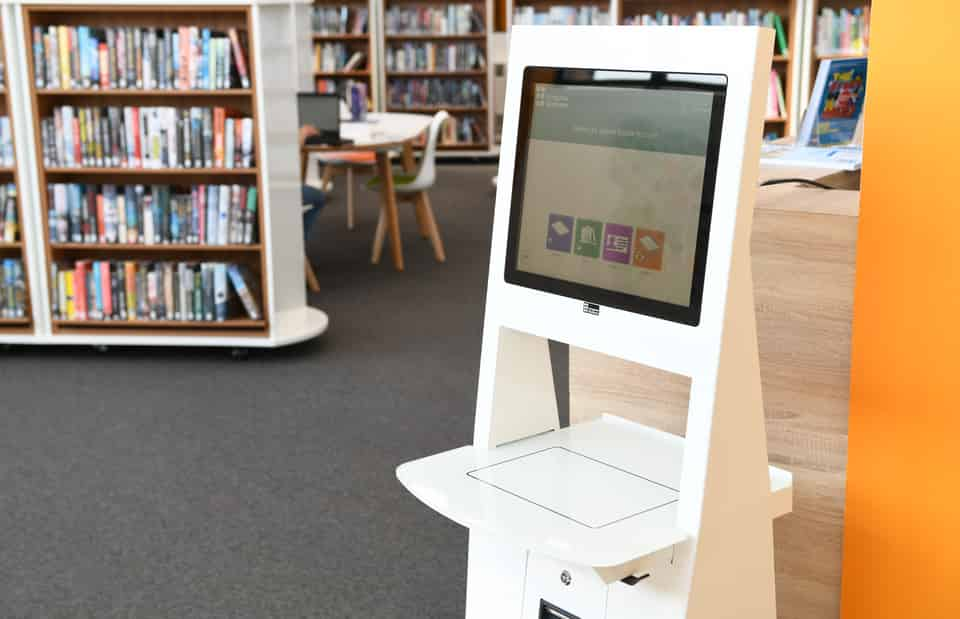
Intelligent Material Management System
Take control of your collection with IMMS. From data-driven insights to ergonomic handling, transform the way your library manages its resources.
